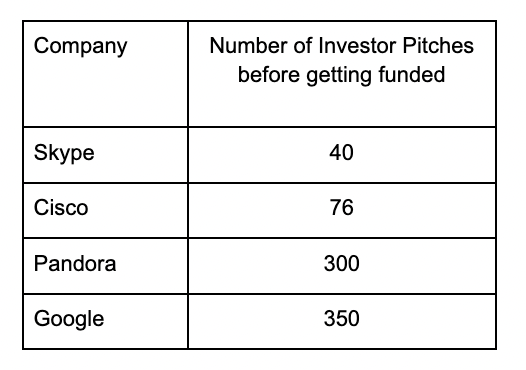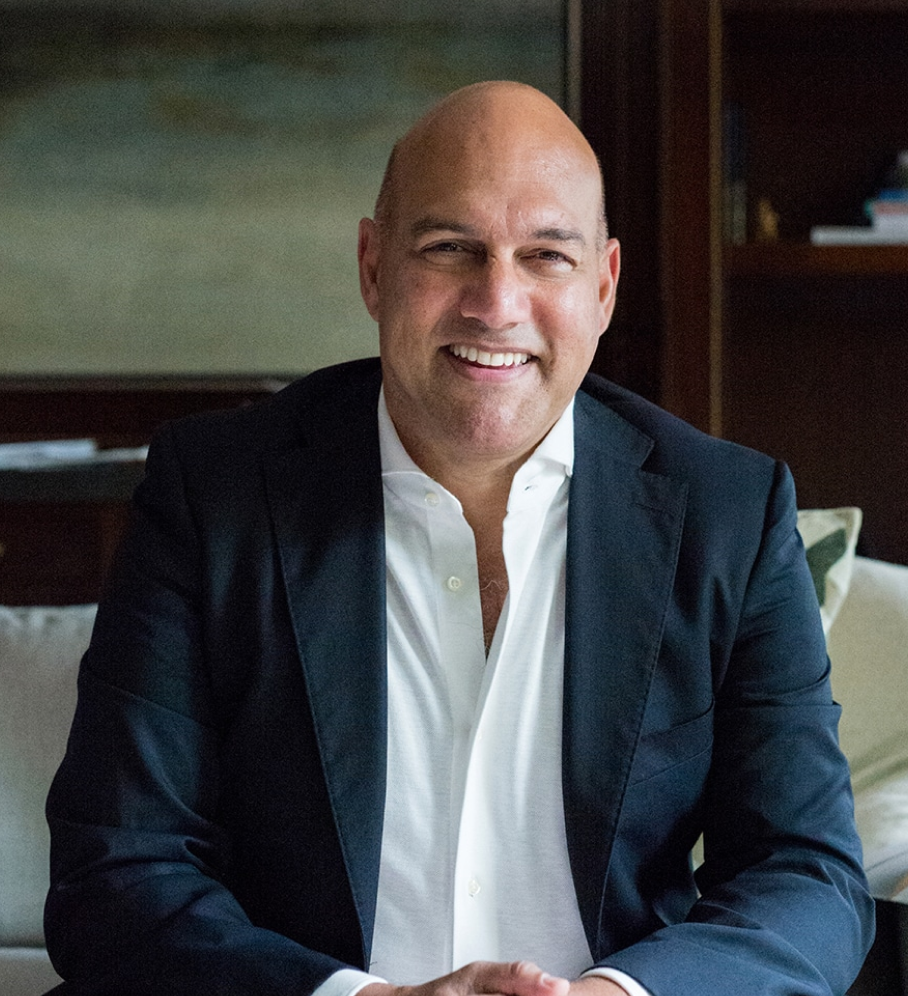Step 4 - Breakthrough Idea
This next step is a big one: finding your breakthrough, disruptive idea.
It is essential to leverage technology or information in some way to massively transform the status quo. And when we say massively transform, we really do mean it. ExOs are not about incremental improvement in a marketplace. They are about breakthrough impact. According to Marc Andreessen, “Most entrepreneurs prefer failing conventionally rather than succeeding unconventionally.” Don’t be one of them.
Remember, the two key success factors for an ExO idea are:
-
First, a minimum 10x improvement over the status quo.
-
Second, leverage information to radically cut the cost of marginal supply (i.e., the cost to expand the supply side of the business should be minimal).
So, where do you look to find your disruptive or breakthrough idea? There are a multitude of approaches to consider.
- Address your MTP by Applying Converging Exponential Technologies to a new marketplace or service area.
Let’s look at an analogy from the turn of the 20th century, the application of electricity to common products. In 1882, Thomas Edison founded the Edison Electric Illuminating Company of New York to bring electric light to parts of Manhattan. But progress was slow. Most Americans would still light their homes with gaslight and candles for another fifty years. Only in 1925 did half of all homes in the U.S. have electric power. And as that revolution materialized, it became common for the disruption of products, services, and industries to occur as entrepreneurs electrified everything. Beyond electrifying lighting, they electrified clothes-washing machines, dish-washing machines, and hand-held drills and saws. The dominant business model was simple: “Add electric motors to replace human labor.”
These days, we are seeing a wave of disruptions and breakthroughs as entrepreneurs apply multiple converging exponential technologies into existing slow-to-change markets. During 2023, the application of Generative AI to every field is birthing tens of thousands of startups. In addition, DeFi is attacking financing and banking, Web3 is hitting the future of gaming and education, and a combination of AI, Sensors, networks, and biotech is re-inventing healthcare.
Remember, your breakthrough business idea doesn’t need to be a new technology; it can be a new business model. In fact, most of the most exciting companies of the coming decade are going to come from business model innovations rather than new technologies, as will be discussed below in Step-6.
- Look at the coming disruptive meta-trends and see if your MTP fits inside one of them.
At the start of this book, we looked at the top 10 technological metatrends that are coming as a result of converging exponentials. To refresh your memory, here’s a quick list:
-
The Rise of AI & Intelligence.
-
AI, Robotic & Human Collaboration.
-
Global gigabit connectivity (ground & space-based) connecting everyone and everything, everywhere, at an ultra-low cost.
-
Web3 & Metaverse transforming retail, education, and human interactions.
-
Autonomous vehicles and flying cars (eVTOL) redefining human travel, making it increasingly faster and cheaper.
-
CRISPR, Gene Therapy & Increasing Healthspan (20+ years).
-
Extending the human healthspan by 10-20+ years.
-
Cellular agriculture & vertical farming providing cheaper, healthier, high-quality food grown locally.
-
Energy becoming globally abundant, cheap, and renewable.
-
Sustainability and the Environment.
Another fertile area to find your MTP is to search within the context of the UN Sustainable Development Goals (SDGs) & the Grand Global Challenges.
The idea of delaying your “breakthrough idea” until the fourth step of the process may seem counterintuitive to many entrepreneurs… After all, isn’t it the case that most legends hold that startups begin with an explosive new idea that’s then applied to a problem space? We firmly believe, however, that it is far better to start with a passion to solve a particular problem rather than to start with an idea or a technology.
There are two reasons for this. First, by focusing on the problem space, you are not tied to one particular idea or solution—and thus, you won’t end up trying to shoehorn a technology into a problem space where it might not be a good fit. Silicon Valley is littered with the carcasses of companies with great technologies searching for a problem to solve. Second, there is no shortage of great ideas or promising new technologies. After all, everybody in a place like Silicon Valley has an idea for a new tech business.
Instead, the key to success is relentless execution, hence the need for passion and an MTP. Your goal is to be so enamored with solving a problem that you refuse to give up on your purpose. To demonstrate, consider the number of times the founders of the following companies pitched investors before finally succeeding:

What if Larry Page and Sergey Brin had stopped pitching investors after 340 attempts? The world would be a very different place today. Just as intriguing: what magical technologies and businesses don’t exist today because the founders gave up one investor pitch too soon?
We’ve said this already, but it can’t be emphasized enough: Entrepreneurial success rarely comes from the idea. The idea is the easy part! Instead, it comes from the founding team’s never-say-die attitude and relentless execution. Those who really want something will find options. Those who just ‘kind of’ want it will find reasons and excuses. This has been the case since Hewlett and Packard started their business in that now-famous Palo Alto dirt-floor garage—where, don’t forget, they began with a passion and not a product. In the end, only raw, unbridled passion can solve an important problem and overcome the endless hurdles that present themselves.
PayPal co-founder Peter Thiel builds on this with a profound question for startup founders: “Tell me something you believe is true but [that] you have a hard time trying to convince others [of].” This is about conviction and passion on the one hand and radical, unconventional, breakthrough ideas on the other. As Peter Diamandis is fond of saying, “The day before something is truly a breakthrough, it’s a crazy idea.”
To illustrate: Salim once asked Elon Musk about his Hyperloop concept: “Elon, I have a background in physics, and it seems impossible to accelerate humans to 1,000 kilometers an hour and then decelerate them to zero in such a short space of time. That might kill a human being. Have you thought about that?”
Musk’s answer? “Yes, it’s an issue.”
To a true entrepreneur, there are no impossibilities, just barriers to overcome. (And yes, it turned out there is a solution to that particular hyperloop physics problem—quite an easy one, in fact—via fluid dynamics.)
It is critical in an ExO for the founder to be a newcomer to that domain. As Peter Diamandis notes in one of his Peter’s Laws: “An expert is someone who can tell you exactly how it cannot be done.” Note that Elon Musk had no traditional education or previous work experience in the Space, Energy, or Automotive sectors when he set out on his corporate ventures, only a background in physics. Yet Elon, starting with first principle thinking, a few textbooks, and smart hires in his companies, has created market-leading companies in each of these areas. Likewise, the eight co-founders of Ethereum had no background in cryptocurrencies.
Join Our ExO Community - Unlock Exponential Growth!
Traditional growth models risk obsolescence. Learn how to become an Exponential Organization (ExO) and drive innovation with disruptive technologies. Sign up now!
Organizations implementing the formula have delivered over
- ⭐ 6.8x high profitability
- ⭐ 40x higher shareholder returns
- ⭐ 11.7x better asset turnover
- ⭐ 2.6x better revenue growth








